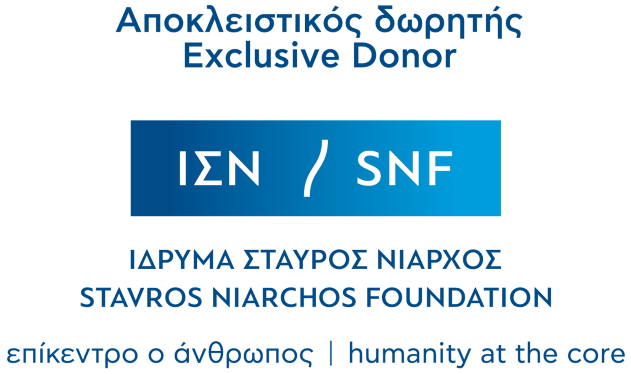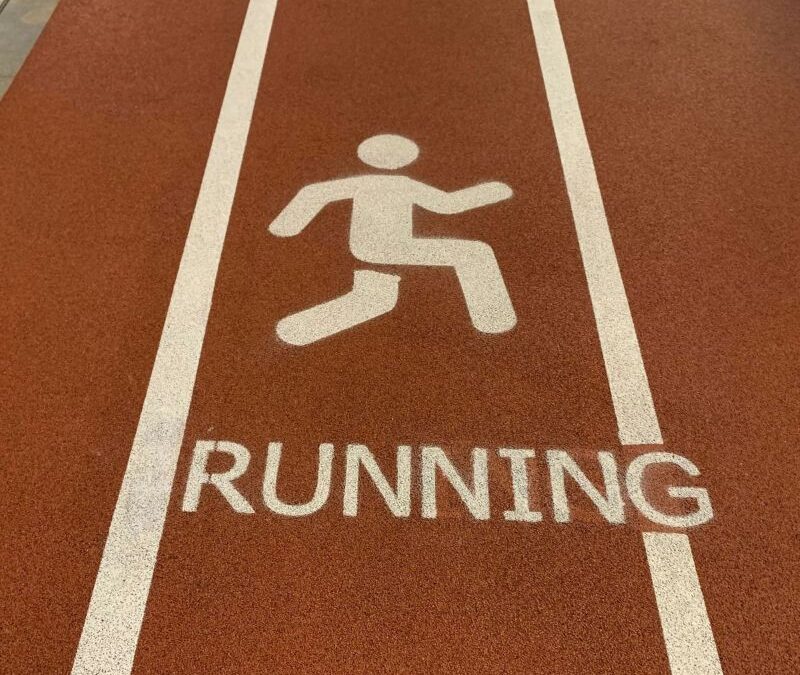Study Aim
The study examined whether combining internal cooling (ice slurry ingestion) and external cooling (ice collar) can improve performance and cognitive function during high-intensity intermittent exercise in hot conditions (33 °C, 50% relative humidity).
Participants & Protocol
- 29 trained male athletes participated.
- Each performed two trials:
- Control (CON): thermoneutral water (~37°C).
- Cooling (COOL): ice slurry (7.5 g/kg before exercise + 1 g/kg during) and an ice collar.
- Exercise: 40 min intermittent cycling (repeated 5 s maximal sprints with active recovery).
- Cognitive tests: battery of tasks (Stroop, Sternberg, Visual Search, Rapid Visual Information Processing) before and after exercise.
- Core (rectal), neck, and forehead temperature, heart rate, and subjective measures of comfort and effort were recorded.
Main Findings
- Performance Outcomes
- No significant difference in peak or mean power output between cooling and control trials.
- Cooling did not enhance sprint performance in this protocol.
Interpretation:
The exercise intensity and duration did not elevate core temperature (> 38.5 °C) enough to induce the level of heat strain that typically limits performance. Therefore, cooling offered no mechanical advantage under these specific conditions.
- Physiological Responses
- Rectal temperature: 0.2 °C lower in COOL (37.39 °C vs. 37.59 °C).
- Neck temperature: 4 °C lower in COOL.
- Heart rate: slightly reduced in COOL (123 bpm vs. 127 bpm).
- Sweat rate, glucose, and lactate: no significant differences between trials.
Interpretation:
The combined cooling approach effectively reduced body and skin temperatures and lowered cardiovascular strain, confirming its thermoregulatory benefits even if performance didn’t improve.
- Perceptual Responses
- Participants felt cooler, more comfortable, and less exerted during COOL.
- Thermal sensation and comfort improvements coincided with lower neck temperature.
Interpretation:
Cooling significantly improved perceived comfort, which can help athletes tolerate heat better and potentially sustain motivation and pacing during prolonged activity.
- Cognitive Function
- Cooling improved reaction time in some cognitive tests:
- Faster responses in complex Stroop tasks (executive control).
- Slightly faster responses in Sternberg working memory and simple number tasks.
- However, in other tasks (visual search, sustained attention), performance improved more in the control condition.
Interpretation:
Cooling may preserve or enhance complex decision-making under heat stress but doesn’t necessarily improve all cognitive domains. Benefits seem task-specific, likely linked to better comfort and localized brain cooling (via the neck).
Conclusions
- Combined internal and external cooling did not enhance sprint performance, but it:
- Lowered core and skin temperatures
- Reduced heart rate and perceived exertion
- Improved comfort and some cognitive functions
- Practical combined cooling (ice slurry + neck ice collar) can be used safely and effectively during high-intensity intermittent exercise in heat to reduce thermal and perceptual strain.
Practical Applications and Tips for Athletes
For Training and Competition in Hot Conditions:
- Pre-cooling strategy:
- Consume ice slurry (≈7.5 g/kg body mass) about 30 minutes before exercise, in 2–3 servings.
- Wear an ice collar or cooling wrap around the neck to pre-cool the carotid area.
- During breaks (e.g., halftime or between intervals):
- Ingest smaller ice slurry doses (≈1 g/kg) and reapply a cooled collar.
- Focus on the neck region—it provides strong thermal relief due to its proximity to the brain’s thermoregulatory center.
- Perceptual benefits:
- Expect to feel cooler and less fatigued, which can sustain mental focus and pacing, even if direct power output gains aren’t measurable.
- Cognitive protection:
- Cooling can help maintain executive function, supporting faster decision-making in tactical sports (e.g., football, basketball, rugby).
- When it matters most:
- Cooling is particularly valuable in matches or sessions where heat stress is high and athletes’ core temperature exceeds 38.5 °C.
- For events with lower heat load, benefits may be mostly perceptual rather than performance-enhancing.
Key Takeaway
While cooling may not directly boost sprint power, it reduces heat strain and perceptual discomfort, protects cognitive sharpness, and enhances heat tolerance — making it a valuable practical tool for athletes training or competing in hot and humid conditions.


